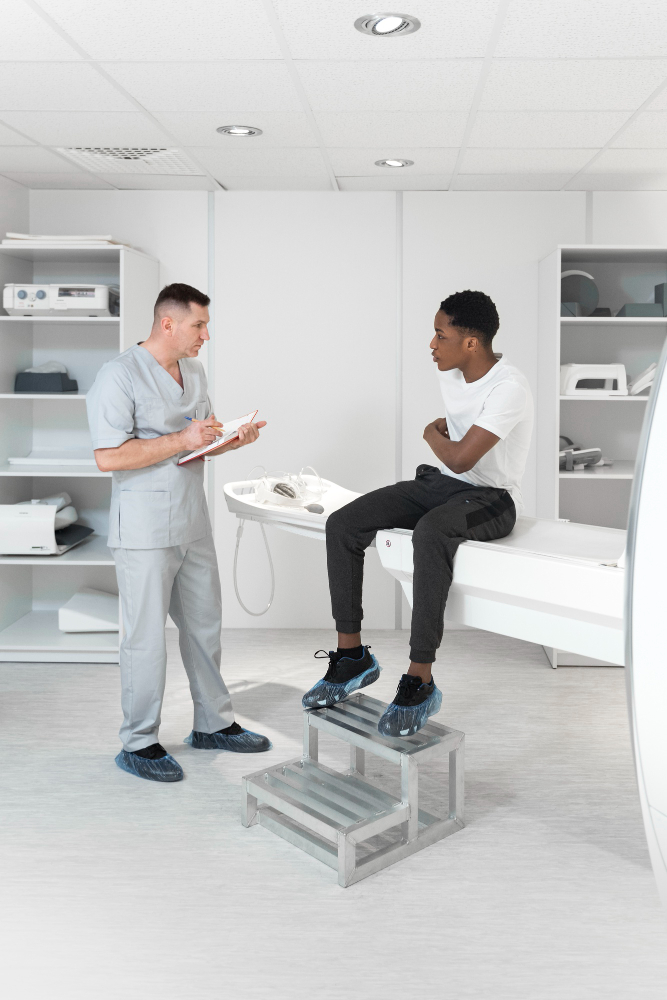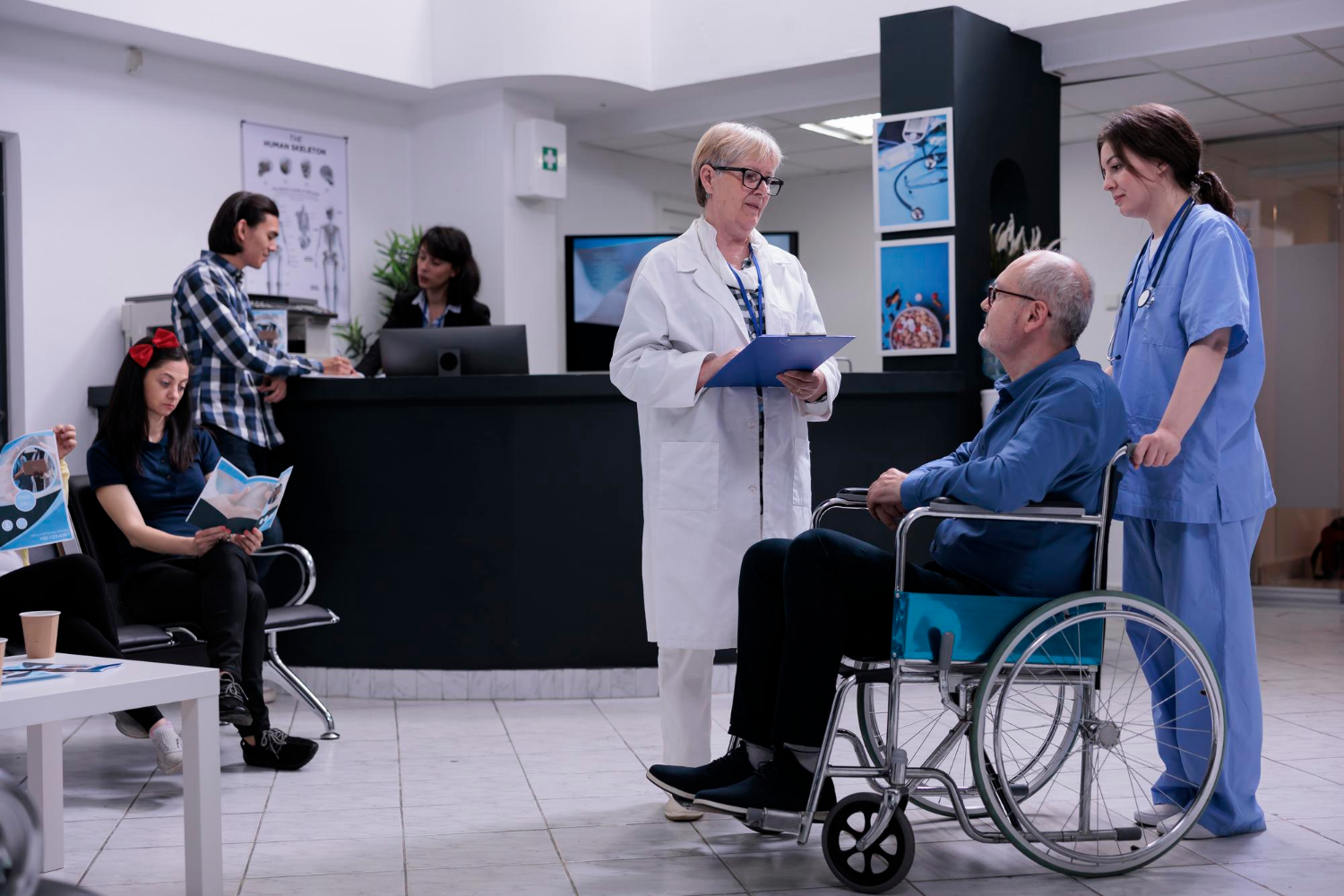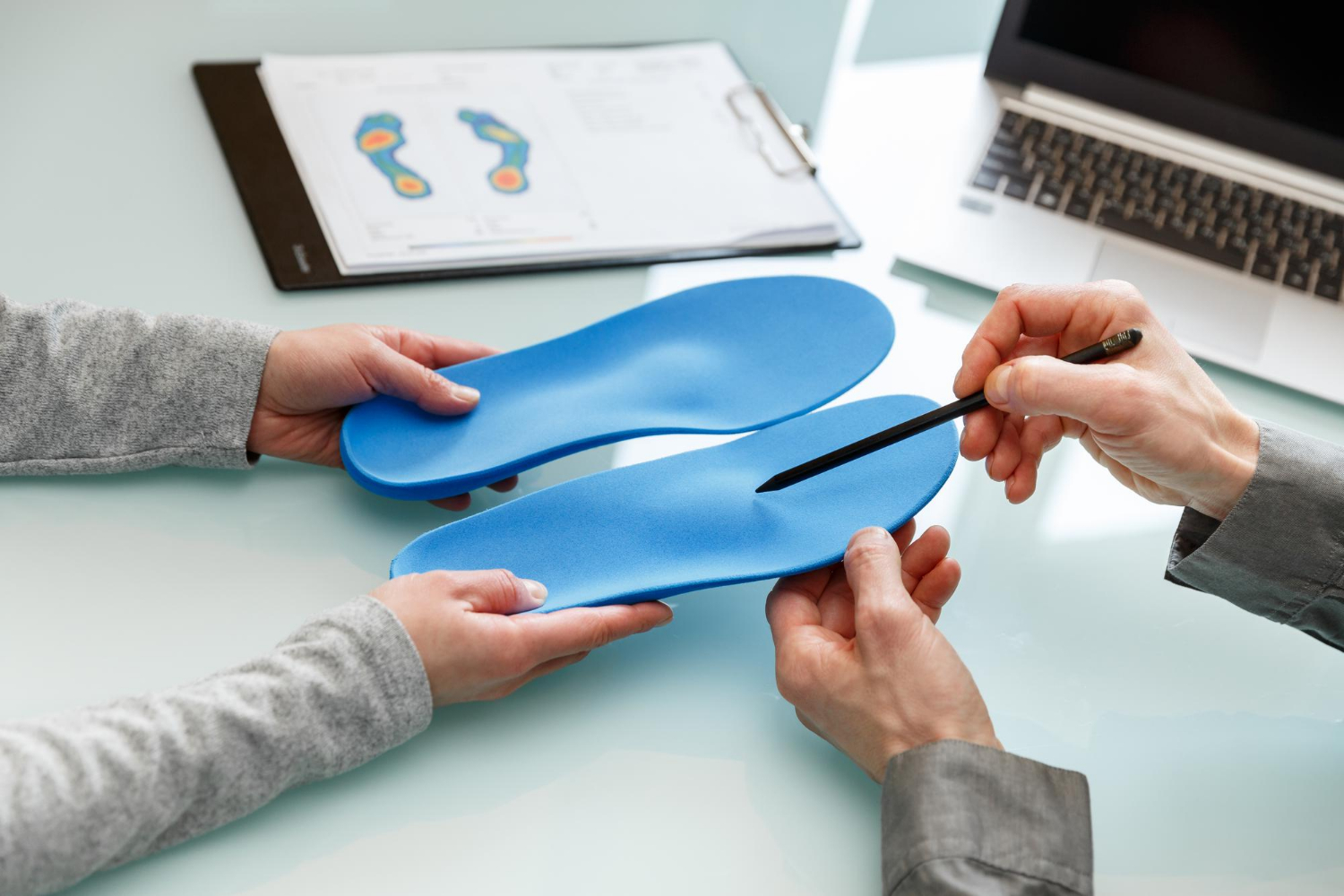Expert Specialists
Easy treatment with expert
Advanced Diagnostics
Modern tools for accurate results
personalized treatment
Tailored care for every patient
Leading Orthopedic & Spine Specialist Center
We provide comprehensive orthopedic and spine care with advanced diagnostic and treatment options. Our specialized medical center offers expert care for musculoskeletal conditions, joint problems, and spine disorders, ensuring the best possible outcomes for our patients.
Specialized Orthopedic Care
Advanced Diagnostic and Treatment Options
Personalized Care and Attention

Trusted By 4k+ Customers





Services
Comprehensive Orthopedic & Spine Care
We offer specialized orthopedic and spine treatments using advanced medical techniques. Our expert physicians provide comprehensive care for joint, bone, and spine conditions to improve your mobility and quality of life.
rehabilitation
Excellence In Care And Rehabilitation
experienced team
advanced technology
personalized treatment
convenient and accessible
expertise and experience
community involvement
Specialized Care
Advanced Orthopedic & Spine Treatment
Our center provides state-of-the-art orthopedic and spine treatments using the latest medical technologies. We offer comprehensive care for acute and chronic musculoskeletal conditions, with both surgical and non-surgical treatment options.
- Advanced diagnostic imaging and assessment
- Minimally invasive surgical procedures
- Specialized spine and joint treatments
- Personalized rehabilitation programs
- Sports injury management
- Complex trauma care




patient journey
Your Path to Recovery
Meet with our orthopedic specialists for a comprehensive evaluation of your condition. We'll review your medical history, perform necessary examinations, and discuss your symptoms in detail.
Using advanced diagnostic technology, we'll identify the root cause of your condition. This may include X-rays, MRI, CT scans, or other specialized tests to provide a precise diagnosis.
We'll create a customized treatment plan that may include surgical or non-surgical options, depending on your condition. Our team will explain all available options and help you make informed decisions about your care.
Following treatment, our rehabilitation specialists will guide you through a comprehensive recovery program designed to restore function, improve mobility, and prevent future injuries.
patient testimonials
Our Patient Success Stories
At Al Sharaf Orthopedics & Spine Specialist Center, we're committed to delivering exceptional care and achieving outstanding results. Here's what our patients say about their experiences.
Human Body Structure
Explore our interactive skeleton model to learn more about different body parts and related treatments

Head & Neck
Common conditions affecting the head and neck region...
Learn MoreSpine
messages.Common conditions affecting the spine and vertebral column...
Learn MoreShoulder
messages.Common conditions affecting the shoulder joint and surrounding tissues...
Learn MoreArms & Hands
messages.Common conditions affecting the upper extremities including arms, wrists, and hands...
Learn MoreHip
messages.Common conditions affecting the hip joint and surrounding areas...
Learn MoreKnee
messages.Common conditions affecting the knee joint and surrounding structures...
Learn MoreFoot & Ankle
messages.Common conditions affecting the foot, ankle, and lower extremities...
Learn MoreLatest Media
Insurance Partners
We work with leading insurance providers to ensure our patients receive the best care possible.




































